Grammar Explanation: The Wh-
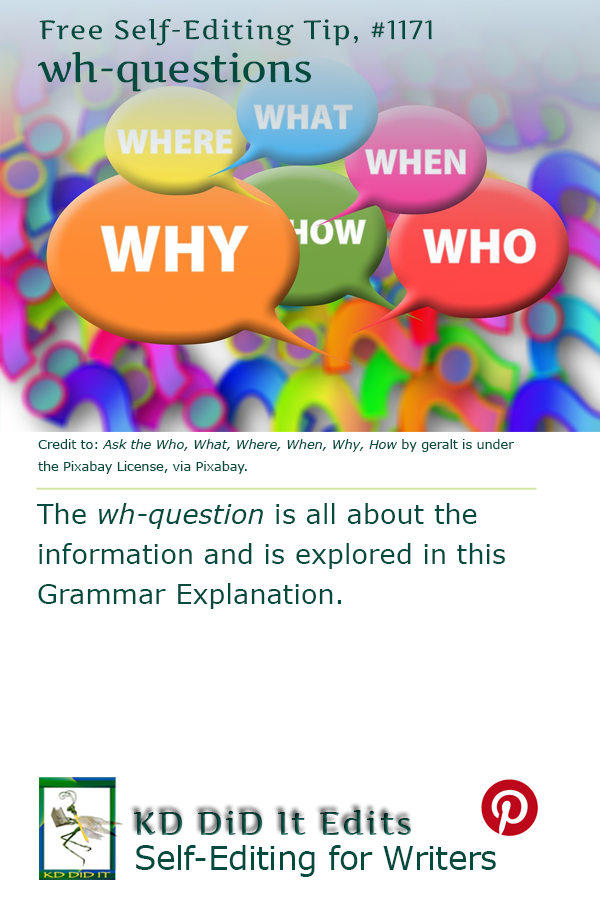
The wh-question is always asking for information and can never be answered with a yes or no in this Grammar Explanation from KD Did It.

The wh-question is always asking for information and can never be answered with a yes or no in this Grammar Explanation from KD Did It.
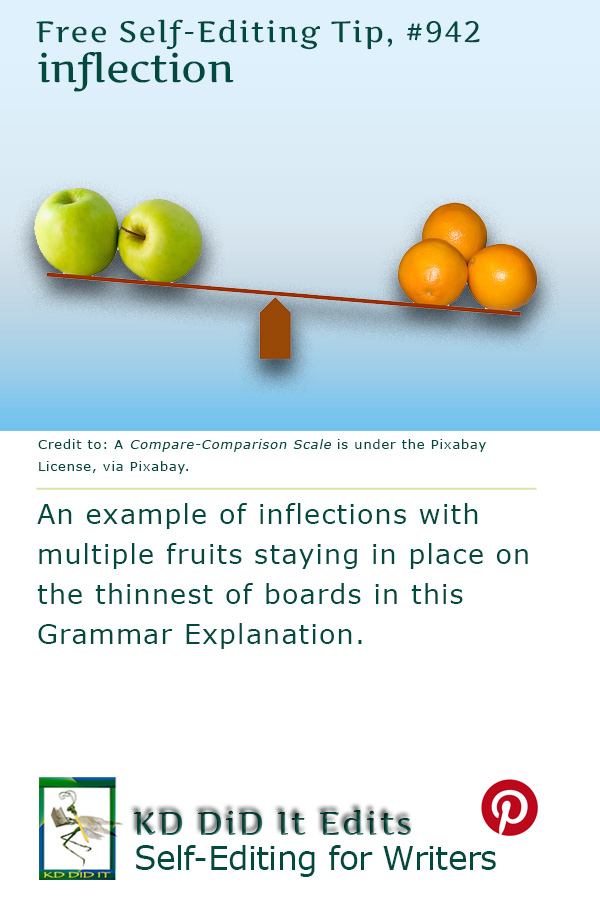
An inflection changes everything in this Grammar Explanation from KD Did It — verb tenses, the comparative or superlative of an adjective, and the plurality of nouns.
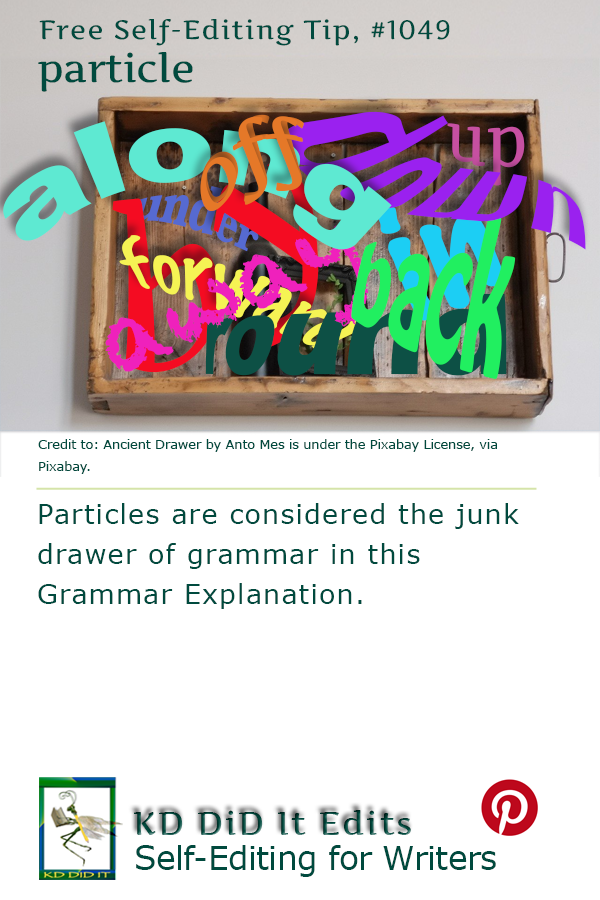
Particles are a function word that must be associated with another word or phrase to impart meaning, i.e., combined with a preposition, it forms phrasal verbs, are used in proper names, and more in this Word Confusion from KD Did It.

There is symbolism for the writer, and then there are symbols for absolutely EVERYbody in this post from KD Did It.
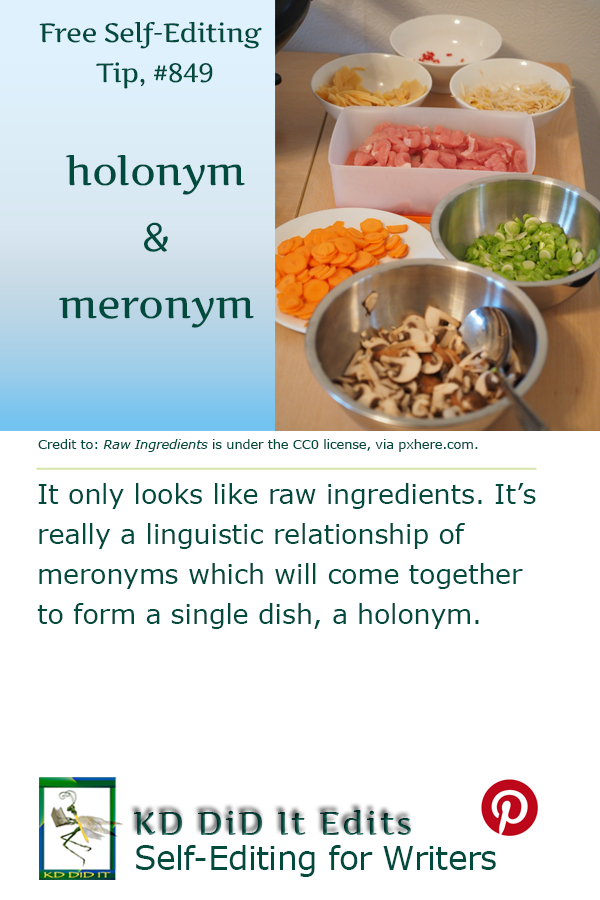
It’s semantics. It’s linguistics. It’s a hierarchical relationship with parts, meronyms, coming together to create a whole, a holonym, from KD Did It.

That imperative (and commanding) sentence is about more than orders and includes invites, offers, requests, negatives, advice, and warnings in this Grammar Explanation from KD Did It.

A catena is a chain of words that make up a phrase in this Grammar Explanation from KD Did It.

Lexemes are part of linguistics and morphemes and are simply another way to put words into categories in this Linguistics in Grammar Explanations from KD Did It.

Don’t let friendly fire take down your work…get that manuscript proofread and learn more about the fun of paranyms in this Grammar Explanation from KD Did It.
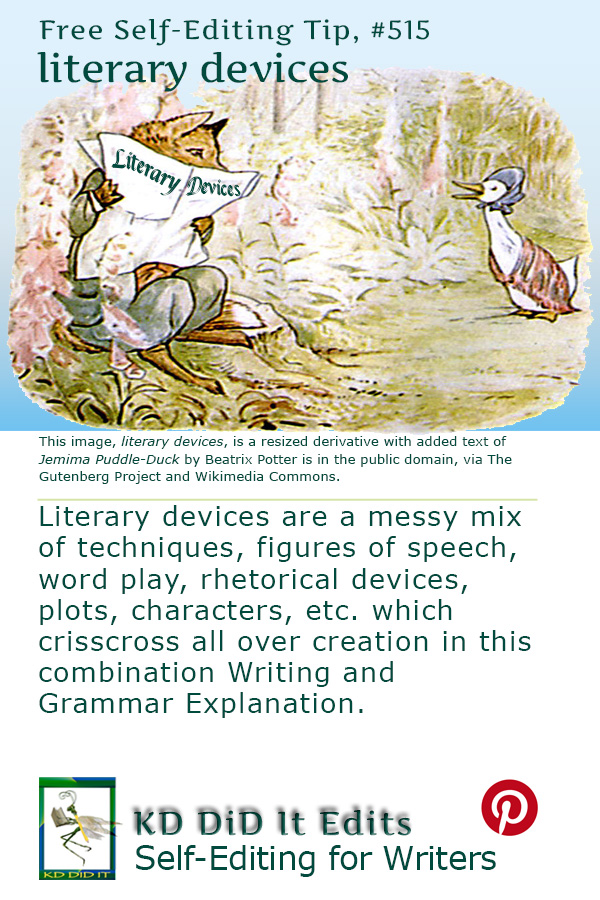
Literary devices is the use of language that writers write more creatively with figures of speech, plots, themes, characters, and more in this Grammar Explanation from KD Did It.